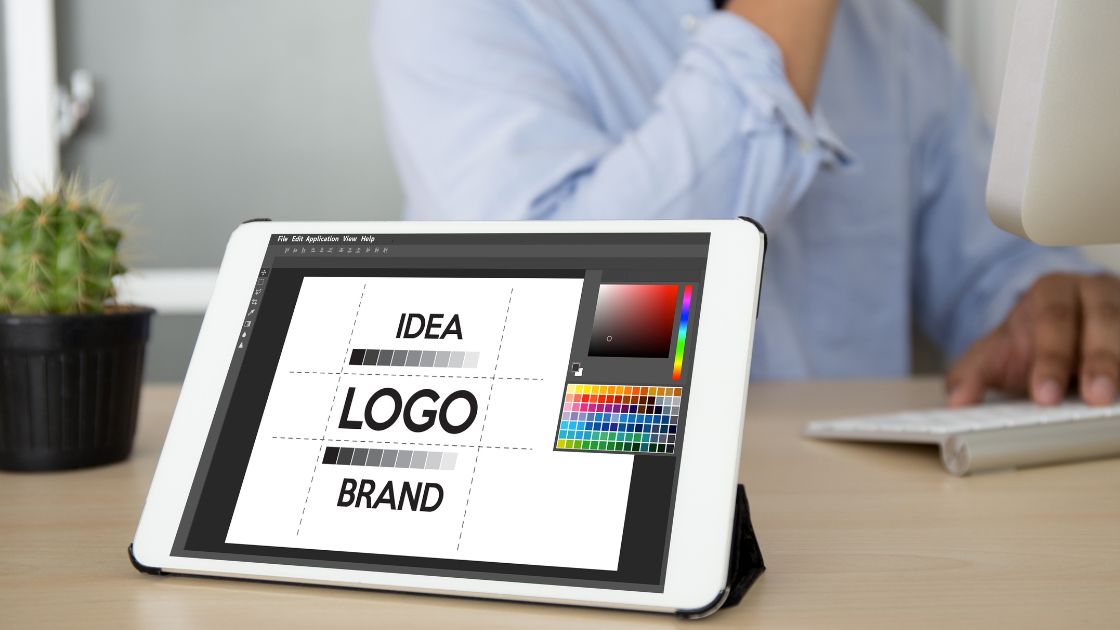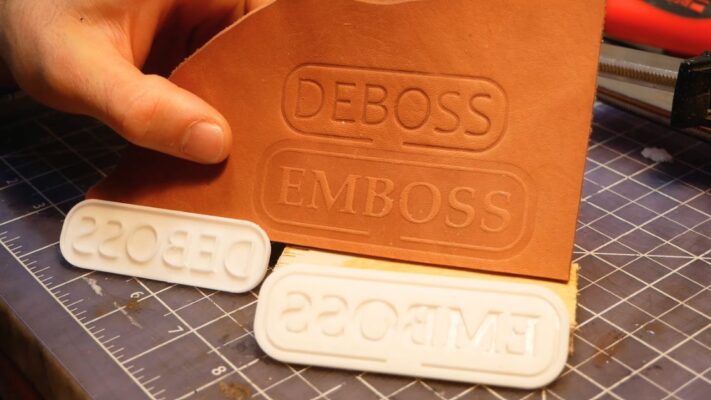Creating a logo marks a significant milestone in launching a business venture, symbolizing the essence of effective branding essential for establishing recognition and prominence in any industry.
Crafting a logo requires meticulous attention to detail and a commitment to creativity and collaboration. It’s a journey that offers invaluable rewards and doesn’t necessarily require a hefty budget or a background in design; with the availability of free logo maker tools, anyone can embark on this endeavor.
From seeking inspiration to carefully selecting colors and fonts, this comprehensive guide offers a step-by-step approach to logo design, empowering individuals to navigate the process independently. Your challenge, if you choose to accept it, is to utilize these guidelines and create a logo that deeply resonates with your target audience.
Contents
Recognize the Importance of a Logo
In the world of business, attracting the right customers is akin to dating – you aim to captivate and entice individuals to fall in love with your brand. Your logo serves as the visual representation of your brand, much like the image on a dating profile. It’s the first impression that can either intrigue people to learn more about your business or prompt them to move on. Therefore, presenting your brand in the best light possible is crucial.
Define Your Brand Identity
Your logo should mirror your brand’s personality. Understanding your brand’s core identity is essential in guiding your design choices. Reflect on your business’s purpose, values, unique strengths, and distinctive qualities. By answering fundamental questions about your brand’s essence, you’ll pave the way for design decisions that align with your brand’s identity.

Seek Inspiration
Gathering inspiration for your logo design is a vital step in the creative process. Start with a brainstorming session to generate ideas and concepts. Consider the words and feelings you want your brand to evoke. Engage diverse perspectives to stimulate creativity and explore unconventional avenues. Additionally, creating mood boards can visually encapsulate the style and aesthetics you’re drawn to, providing a roadmap for your design journey.

Analyze the Competition
Analyzing competitors’ logos can provide valuable insights into effective design strategies within your industry. Identify what sets your brand apart and highlight these distinctions in your logo design. Strive for uniqueness while ensuring your logo resonates with your target audience.

Choose Your Design Style
Selecting the right design aesthetic sets the tone for your logo. Whether you opt for a classic, retro, modern, fun, or handcrafted style, ensure it reflects your brand’s identity and appeals to your target demographic. A cohesive design style enhances brand recognition and establishes a memorable visual presence.

Determine Logo Type
Decide on the type of logo that best encapsulates your brand identity. Options include lettermarks, wordmarks, pictorial marks, abstract logo marks, mascots, combination marks, and emblems. Choose a format that effectively communicates your brand message and resonates with your audience.

Harness the Power of Color
Color plays a pivotal role in shaping perceptions and eliciting emotions. Select colors that align with your brand’s personality and evoke the desired feelings in your audience. Understand the psychology behind color choices and utilize complementary, analogous, or triadic color schemes to create visual harmony.

Optimize Typography
Typography enhances the visual appeal and legibility of your logo. Serif, sans serif, script, and display fonts each convey distinct characteristics and cater to diverse design preferences. Choose fonts that complement your brand’s personality and effectively communicate your message.

Integrate Design Elements
Harmoniously integrate design elements to create a cohesive and visually appealing logo. Ensure that colors, fonts, and graphical elements work together seamlessly to convey your brand’s identity and message. Strive for balance, unity, and clarity in your design composition.

Communicate with Designers
Effective communication with designers is essential for bringing your logo vision to life. Clearly articulate your brand identity, preferences, and expectations to ensure alignment with the design process. Provide detailed feedback and collaborate closely with designers to refine and finalize your logo design.

Evaluate and Iterate
Gather feedback from stakeholders, peers, and potential customers to evaluate logo options. Assess the effectiveness of each design in conveying your brand identity and resonating with your target audience. Iterate on design elements as needed to optimize your logo for maximum impact and recognition.
In summary, designing a logo involves a blend of creativity and strategic thinking, requiring meticulous attention to various factors such as brand identity, color palettes, and typography. By adhering to the steps delineated earlier, you can develop a logo that adeptly conveys your brand’s ethos, principles, and narrative to your intended audience. Whether you opt for a logo maker or engage a graphic designer, the crux lies in maintaining fidelity to your brand’s identity and vision while fashioning a logo that is memorable, adaptable, and influential. It’s important to recognize that your logo serves as a cornerstone of your brand’s visual identity, underscoring the significance of investing time and effort into crafting a design that resonates with your audience and endures over time. With perseverance, ingenuity, and a keen eye for detail, you have the potential to create a logo that encapsulates the essence of your brand and leaves an indelible mark in the marketplace.
Related Posts







